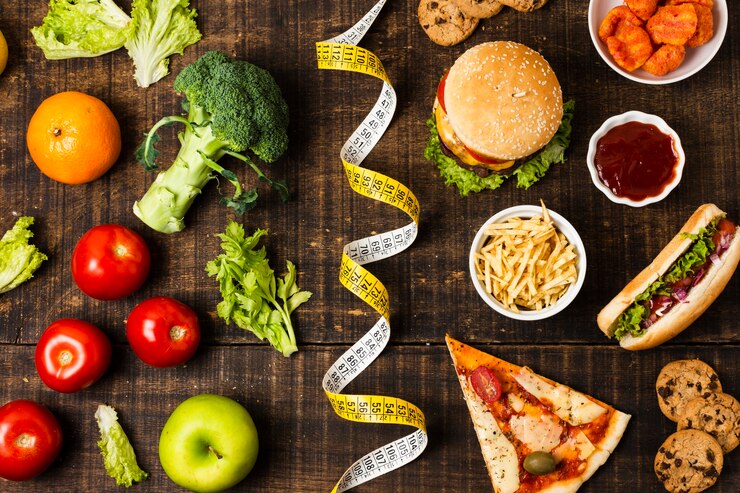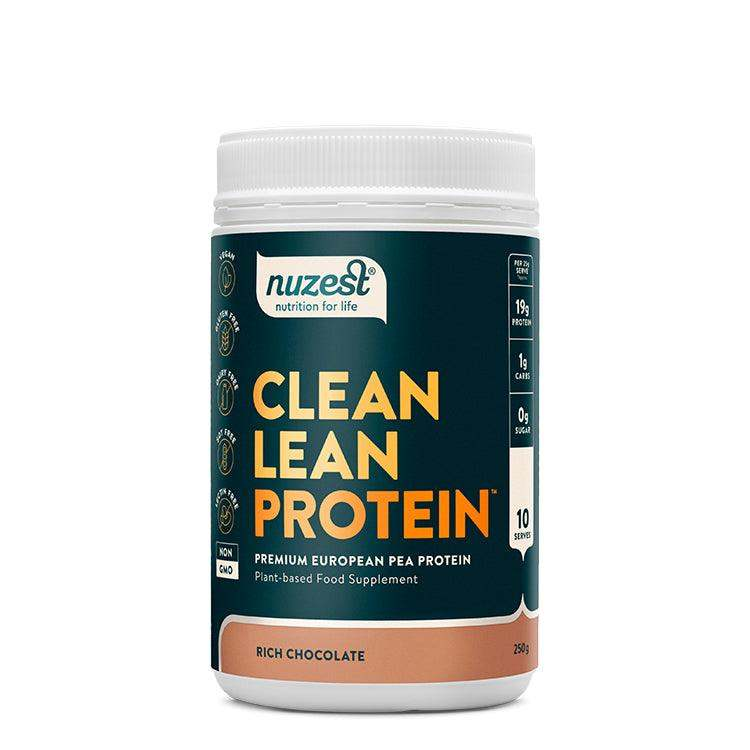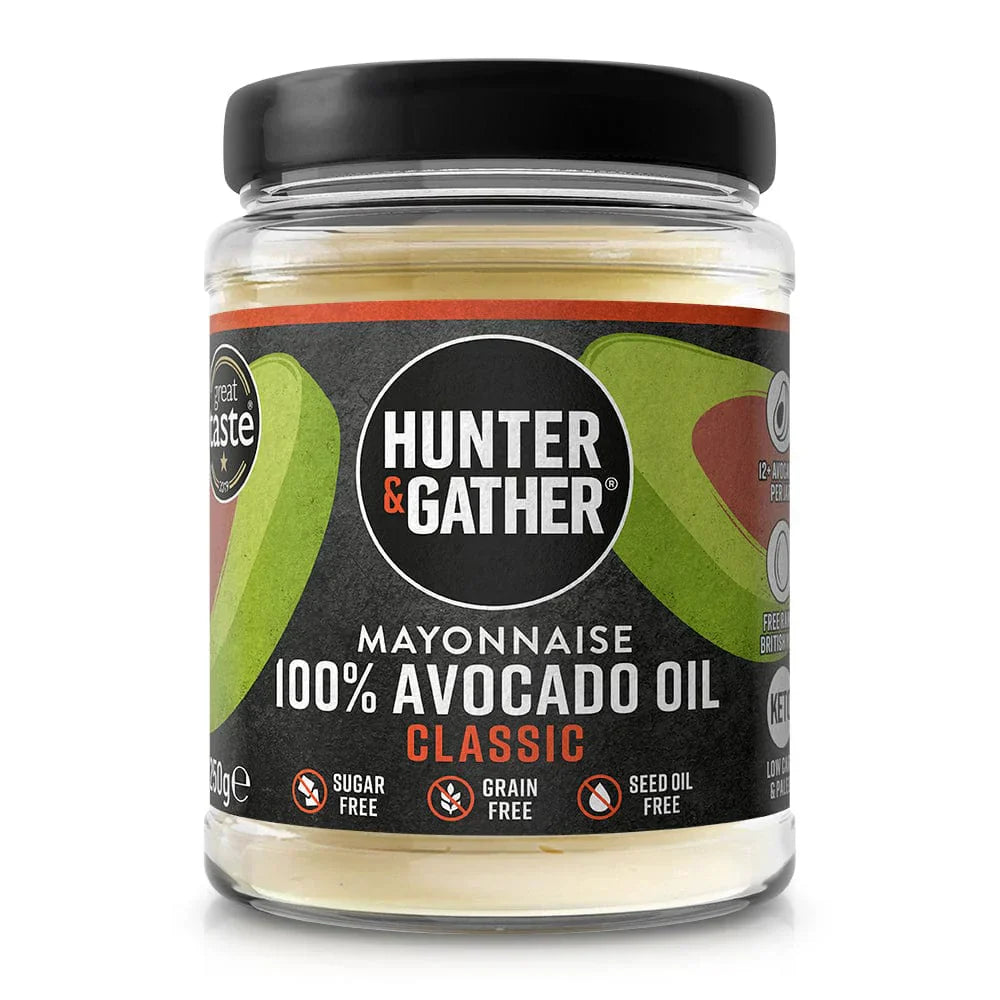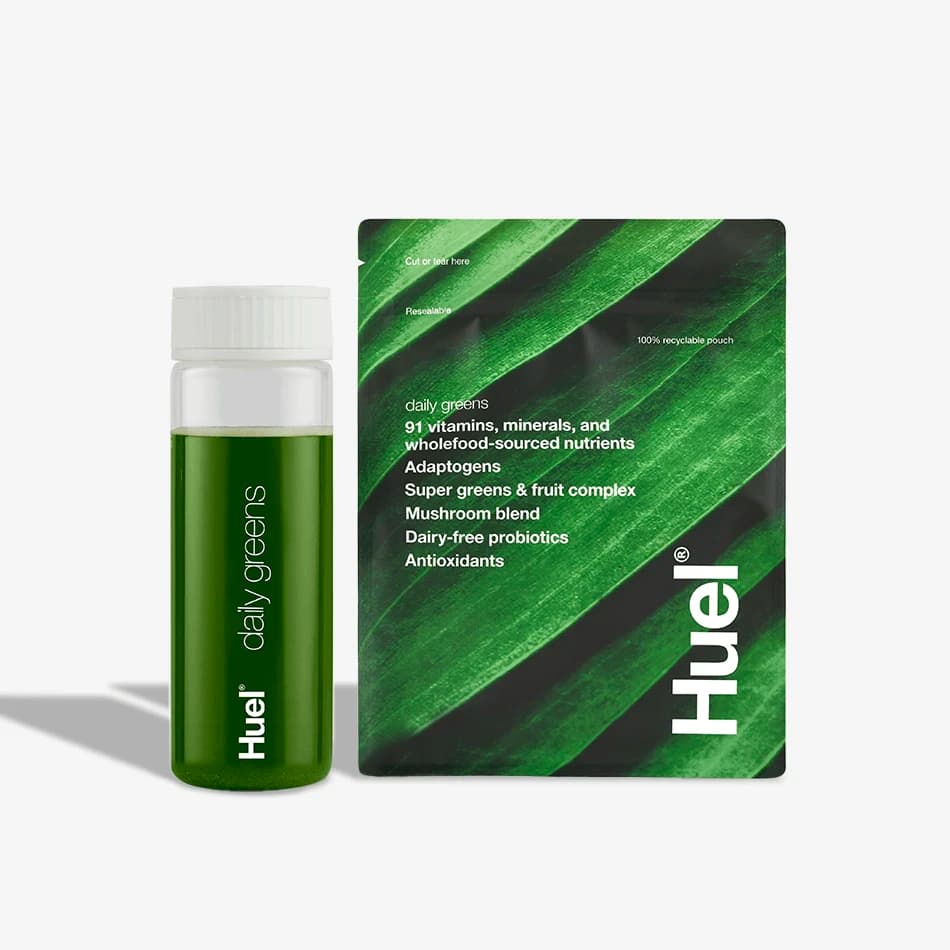
 Instagram
Instagram
Related products
15 Lowest Calorie Foods for Health-Conscious Eating

Related products
Calories measure energy derived from food or drink intake, and managing them is essential for overall health and weight control. Health-conscious eating implies mindful consumption of nutrient-rich meals while limiting calorie intake. Prioritizing nutrient-dense foods over those high in empty calories can prevent unwarranted weight gain.
Research indicates rising numbers related to obesity worldwide; over 1 billion adults globally face overweight or obesity challenges (World Health Organization). Effective dietary strategies incorporating low-calorie yet nutritious foods remain paramount in reversing such trends.
Esteemed Ayurvedic specialist Dr John Douillard, PhD, suggests healthy weight loss does not start with strict dietary restrictions but rather through an increased interest in naturally lower-calorie yet nutritious foods.
Selecting low-calorie options needn't compromise taste satisfaction; it directs individuals to adopt mindful eating practices using wholesome ingredients. These offer substantial nourishment without being calorically excessive.
Oats

Oats are a nutritional powerhouse for Health-Conscious Eating. They are whole grains recognized scientifically as Avena sativa. They stand out due to their high nutrient content and versatility in various culinary applications. Oats come from the cereal grain family and contain the entire bran, germ, and endosperm. Such classification places them among whole grains, making them rich in essential nutrients often lost during refining processes seen in other cereals.
Calorie Content: A 1-cup serving of cooked oatmeal provides approximately 154 calories. Despite being relatively low-calorie compared to many breakfast alternatives, oats pack a powerful nutritional punch that benefits overall health.
Oats enhance digestion by promoting the growth of good gut bacteria while reducing cholesterol levels. Research published by the National Institutes of Health indicates regular oat consumption might lower "bad" LDL cholesterol by up to 10%. Complex carbohydrates ensure sustained energy release without causing sharp spikes or drops in blood sugar levels, thus aiding weight management strategies effectively.
Moreover, oats offer significant amounts of beneficial micronutrients such as manganese (69% DV), phosphorus (13%), magnesium (16%), and copper (18%), along with smaller quantities providing important antioxidants like avenanthramides known for anti-inflammatory properties benefiting cardiovascular systems greatly.
Greek Yogurt

Greek yogurt is essentially fermented milk cultured with beneficial bacteria strains. Its distinguishing feature lies in the additional straining step, which eliminates liquid whey and lactose, thus concentrating proteins and reducing sugar levels compared to traditional yogurts.
A typical 6-ounce plain, nonfat Greek yogurt contains about 100 calories. Such low-calorie density makes it appealing for those mindful of their daily caloric intake yet seeking nutrient-dense options.
Eating High-quality proteins found abundantly within primarily supports muscle repair maintenance. These proteins are around twice the observed ordinary varieties, approximately totaling between 15-20 grams per standard portion, aiding satiety and managing hunger-efficient dietary plans safely.
In addition, substantial concentrations of essential micronutrients like calcium (20% DV) play pivotal roles in maintaining bone mineral density, while probiotics, naturally occurring cultures, enrich gut flora, promoting digestive well-being.
Soup

Soup is a liquid food typically prepared by combining vegetables, meat, or legumes with stock, juice, water, or another base. Due to its wide range of varieties and flavors, soup serves as both an entrée and a main dish. Characterized by its primarily liquid composition enriched with solids like vegetables and proteins, soup ranges from brothy types (clear soups) to pureed styles (bisques). The preparation methods involve boiling the chosen ingredients in stock until they infuse their flavors into the broth.
The caloric content of soup depends heavily on the specific ingredients used. For instance, a cup of vegetable broth has approximately 12 calories. Chicken noodle soup provides around 75–100 calories per cup. Such low-calorie densities make soup suitable for those aiming to control their daily calorie intake effectively while still receiving essential nutrients.
Soups often feature prominently in weight management strategies because they are low in calories and hydrating. Their properties promote satiety, leading to smaller overall meals, reducing overeating tendencies, and directly contributing to healthier eating practices and nutrition balance.
Berries

With their vibrant colors and sweet-tart flavors, Berries are not only delicious but also bring a wealth of nutritional benefits. They belong to various genera within the family Rosaceae and include popular varieties such as strawberries, blueberries, raspberries, and blackberries. Berries are small, soft fruits typically characterized by fleshy pericarps—an outer edible part that encases seeds. Known for their high water content along with abundant vitamins and antioxidants, these properties make them prime candidates for wholesome diets across diverse demographics globally.
On average: - Strawberries: 49 calories per cup. - Blueberries: 84 calories per cup. - Raspberries: 64 calories per cup. - Blackberries: 62 calories per cup. Such low-caloric profiles enable unrestricted incorporation into meals without overburdening daily caloric limits while abundantly providing essential nutrients for vital bodily functions to maintain optimal health.
Eggs

Eggs are equipped with a rich profile of vitamins, minerals, and high-quality protein but are low in calories. One large boiled egg typically contains about 78 calories in terms of caloric content. The nutritional wealth of eggs is further accentuated when considering their diverse macronutrient composition: primarily proteins complemented with healthy fats and trace amounts of carbohydrates.
Health-conscious eating frequently nods towards foods with significant nutrient density without the accompanying high-calorie price tag, making eggs shine as optimal edible candidates. A substantial concentration of essential amino acids satisfies the body's daily requirements while providing feelings of satiety post-consumption, which favorably contributes to weight management efforts and reduces the duction of overeating tendencies. Scientific consensus underscores the importance of including eggs in healthier eating patterns due to their positive impact on metabolic regulation and weight management.
Moreover, it is equipped with Vitamin D (for bone health), Choline (cognitive functions), and antioxidants like Lutein and Zeaxanthin, known for promoting eye health. Collectively, these amplify its status amongst top-tier food choices enthusiastically endorsed within dietary plans designed around mindful eating principles.
Popcorn

Popcorn, often associated with movie theaters and casual snacking, is more than a tasty treat. Its nutritional profile makes it an excellent choice for those aiming to eat health-consciously. Popcorn comes from the kernels of Zea mays everta—a special type of corn that puffs up when heated. The unique ability to pop stems from moisture inside each kernel; heating causes steam build-up until bursting open characterizes these light, airy pieces familiar and globally cherished across varying culinary traditions, setting apart conventional counterparts pertaining intrinsic aspects distinctive nature quintessentially embedded fundamentally enriching cultural fabric societies worldwide embracing universally appreciated form dietary indulgence.
A 1-cup serving of air-popped popcorn contains approximately 31 calories. Such low-caloric density permits generous portion sizes without compromising daily caloric goals integral perspectives, balanced nutritious paradigms consistently engaged throughout longitudinal adherence progressively embarked pathways leading sustainable healthy living.
Popcorn effectively promotes digestive regularity about one gram per cup, fostering enhanced satiety factors and aiding weight management strategies. Efficient, evidence-based, supportive research studies reviewed by reputable sources, including the American Journal of Clinical Nutrition, reinforce assertions that popcorn positively influences metabolic rates, reduces cardiovascular risks, and alleviates chronic diseases.
Whole grain status further elevates popcorn's standing within the nutrient-dense foods spectrum. It contributes B vitamins such as niacin, thiamine, essential micronutrients, manganese, magnesium, and zinc. It offers antioxidative properties that combat oxidative stress and cellular damage, ensuring systemic equilibrium and holistic functionalities beyond mere nourishment.
Chia Seeds

Chia seeds, once a staple in ancient Aztec and Mayan diets have gained popularity globally due to their remarkable health benefits. These tiny seeds are packed with essential nutrients that support overall well-being. Chia seeds come from the plant Salvia hispanica, which is native to Central America. They are small black or white seeds known for absorbing liquid and forming a gel-like consistency when soaked. Such properties make them versatile ingredients in various culinary applications while providing exceptional nutritional value.
One tablespoon of chia seeds (about 12 grams) contains approximately 60 calories. Despite being calorie-dense relative to size, these calories bring significant nutrients vitalizing optimal health standards consistently underscored scientific evaluations, comprehensive studies substantiating claims, and extensively documented literature reinforcing paradigms universally acknowledged domains of nutrition and dietetics alike.
Rich in omega-3 fatty acids—specifically alpha-linolenic acid (ALA)—chia seeds crucially enhance heart function by reducing inflammatory markers. Chia seeds are also rich in soluble and insoluble fibers, which enhance digestive efficiency and prolong satiety. Numerous studies support the idea that such properties aid weight management. These fibers contribute to better metabolic indices, diverse gut microbiomes, and improved physiological responses.
Fish

Fish, a staple in many diets worldwide, is renowned for its impressive nutrient count and health-promoting qualities. Of numerous variants available, oily fish like salmon, mackerel, or tuna are particularly adored due to their high Omega-3 fatty acid content, which is known to positively impact heart health.
In terms of caloric value, 100 grams of grilled salmon typically carries around 206 calories while maintaining an impressive macronutrient profile richly distributed amongst proteins (22g) and fats (13g), along with minimal carbohydrates (<1g).
Incorporating fish into regular dietary regimes delivers substantial nutrients without excessive calorie consumption – aligning seamlessly with weight management goals. The exceptional protein quantity present aids prolonged satiety duration post-meal times, hence preventing overindulgence during subsequent meal instances.
Further highlighting the nutritional advantage comes from the presence of potent antioxidants, e.g., Astaxanthin(substantially found in salmon), backed by scientific evidence exhibiting potential benefits against inflammation and oxidative damage on cellular levels—thus making it a well-deserving addition to any comprehensive diet focusing upon optimal well-being through mindful food choices.
Omega-3 fatty acids, particularly EPA and DHA found in fish, significantly benefit cardiovascular health by reducing heart disease risk, addressing inflammation, and lowering the incidence of strokes. Research confirms these findings; regular intake of omega-3s helps prevent arrhythmias and extends longevity while enhancing overall life quality.
Cottage Cheese

Cottage cheese is renowned for its high protein content and health benefits, making it an excellent choice for those focused on balanced nutrition. Cottage cheese is a fresh cheese curd product made from cow's milk. It distinguishes itself by retaining some whey, giving it a moist texture with soft, lumpy curds. Variations include:
- Fat-free, low-fat, and whole-milk options.
- Allowing various dietary preferences to seamlessly incorporate adaptations within routines.
- Maintaining nutritional integrity and contextually pertinent adherence to overall wellness paradigms.
A typical 1-cup serving of low-fat cottage cheese contains approximately 206 calories and about 28 grams of protein. Its moderate caloric density and high protein content make it ideal for optimizing nutrient intake without overloading calories. Regular consumption supports long-term health goals, benefiting weight management and muscle repair.
Rich in casein—a slow-digesting dairy protein—cottage cheese offers sustained amino acid release, aiding muscle repair and growth. This contributes to prolonged satiety and effective weight management, supported by superior metabolic functionalities.
Potatoes

Potatoes, humble yet versatile root vegetables widely consumed globally, have nutritional benefits that often go unnoticed. According to the United States Department of Agriculture (USDA), a medium-sized skin-on baked potato carries approximately 161 calories coupled with an impressive nutrient profile—predominantly carbohydrates (37g) and protein (~4g).
Including potatoes in a health-conscious eating regimen is about harnessing their energy-rich characteristics without going overboard on portion sizes. Nutritional experts advocate for them because their high potassium content often surpasses that of some fruits such as bananas.
The trick lies not just in consuming these nutritious gems but in preparing them correctly, too; boiling or baking, preferred over deep-frying methods, ensures caloric integrity while retaining maximum nutrition, thereby fitting seamlessly into well-balanced meal plans centered around mindful consumption practices.
Lean Meat

Lean meat is a term used to describe cuts of animal protein with minimal fat content. In the United States, lean meats are defined by USDA guidelines as having less than 10 grams of total fat, less or equal to 4.5 grams of saturated fats and fewer than 95 milligrams of cholesterol per serving (3 ounces).
According to National Chicken Council data, three ounces of cooked lean beef contains approximately 150-160 calories, while an identical portion size of chicken breast offers around 130-140 calories. Both examples demonstrate low-calorie options loaded with high-quality proteins for maintaining muscle mass and supporting overall bodily functions.
Committed followers practicing health-conscious eating habits often incorporate lean meats into their dietary regimens due to their nutrient-dense compositions replete with essential vitamins such as B12, iron and zinc—all crucial contributors to physical vitality plus cognitive wellness, amongst other benefits—without requiring extra energy intake in terms of excessive fatty components.
Legumes

Legumes are members of the Fabaceae (or Leguminosae) plant family. They produce fruits called pods that contain seeds, which are commonly found in everyday items like lentils, peas and beans. Around 18,000 species of legume plants exist worldwide.
A cup serving of cooked lentils contains approximately 230 calories and has a high protein content of about 18 grams per portion. Notably rich in fiber and minerals such as iron and magnesium, lentils offer an excellent source of non-meat proteins that fulfill energy requirements, particularly among vegetarian or vegan diets globally.
Legumes are regarded as highly nutritious, offering substantial benefits across the board among many renowned experts in the healthcare field.
Watermelon

Watermelon, a hydrating fruit known for its refreshing taste and high water content, is an excellent nutritional ally. Each cup serving of this vibrant-colored delight offers roughly 46 calories while being richly endowed with vitamins A & C.
When strategizing health-conscious eating habits, incorporating such fruits bolsters dietary plans by providing significant hydration alongside nutrients - all under the umbrella of low calorie consumption. This makes it great for weight control due to natural sweetness curbing sugar cravings without excessive caloric intake.
Eaten fresh or blended into smoothies reaps maximum benefits whilst promoting adherence to principles centered around purposeful food choices and controlled energy intake.
Broccoli

Broccoli, a member of the cruciferous vegetables family, offers numerous health benefits. Containing approximately 55 calories per cup (boiled), this nutrient-dense vegetable contains vitamins C and K1 and is low in digestible carbohydrates.
Broccoli promotes satiety due to its high fiber content while keeping calorie consumption minimal - an optimal combo for effective weight management. Preparation methods, ranging from steaming to roasting without extra oils, help preserve nutrients and keep it aptly suited to any conscious-eating meal plan.
Arugula

Arugula, a peppery leafy green belonging to the mustard family, has multiple health advantages and significantly low calories. A one-cup serving of this salad staple amounts to merely five calories yet has an advanced nutritional profile rich in Vitamins A, C, and K.
Fostering comprehensive health-conscious eating strategies involves brightening up regular meals with arugula. Arugula is an ally for those seeking weight maintenance or loss due to its high fiber content, which causes increased satiety and naturally lowers caloric intake.
Best enjoyed fresh in salads or lightly sautéed as a side dish, it enables maximum nutrient retention while complying well with boundaries set by a mindful eating approach.
Frequently Asked Questions
What are the ten lowest-calorie foods?
Some of the lowest-calorie foods include cucumbers, celery, lettuce, zucchini, tomatoes, broccoli, cauliflower, spinach, mushrooms, and grapefruit. These options provide minimal calories while offering essential nutrients like vitamins and fiber—ideal for weight management.
What are zero-calorie foods?
Technically, no food has zero calories; however, watercress, radishes, lemon-lime juice, cucumber with skin, and celery come close due to their negligible caloric values, making them great choices within low-cal diets, aiding weight control and nutritional variety.
What are the top 20 healthy foods?
Top healthy choices include blueberries (antioxidants), spinach (vitamins A/C/K iron), almonds, nutrient-dense heart-healthy chia seeds, omega-rich lentils, protein, yogurt, probiotics chicken breast lean high-protein salmon, brain-beneficial fats, avocado, good mono-saturated fat—all promote holistic well-being per expert endorsements diverse culinary inclusions.
What is the cheapest food per calorie?
Cheapest Foods Per Calorie For cost-effective nutrition, rice potatoes stand out as economical staples providing high energy value at low cost. Key budget-friendly dietary plans globally emphasize affordability, sustainability, broad demographic needs, and empirical validation.












 Rated Excellent by 26,523+ Reviews
Rated Excellent by 26,523+ Reviews